.png)
14 Aug 2024
In the complex world of Environmental, Health, and Safety (EHS) management, the importance of task completion cannot be overstated. A single missed safety task may seem trivial at first glance, but in reality, it can initiate a domino effect, leading to a cascade of failures with potentially catastrophic consequences. The interconnectedness of safety tasks means that when one is missed, it can quickly unravel the integrity of an entire safety program. This is where SHEMA (Safety, Health, and Environmental Management Application) comes into play, offering automated notifications that ensure critical safety tasks are never overlooked.
Understanding the Domino Effect in Safety Management
The domino effect in safety management refers to a chain reaction where a single missed or delayed task triggers a series of subsequent failures. These can escalate from minor oversights to major incidents, potentially causing injuries, fatalities, and significant financial losses.
One of the most infamous examples of this effect is the 2005 Texas City Refinery explosion. A series of missed safety checks and overlooked maintenance tasks led to one of the deadliest industrial accidents in U.S. history, resulting in 15 deaths and over 170 injuries. The U.S. Chemical Safety and Hazard Investigation Board (CSB) later determined that the disaster could have been prevented if routine safety tasks had been consistently and correctly completed. (Source: Chemical Safety and Hazard Investigation Board)
Another example is the 1984 Bhopal disaster, where a series of missed maintenance tasks and safety inspections led to the release of toxic gas, resulting in the deaths of thousands and long-term health issues for countless others. The incident underscored the devastating consequences of neglecting routine safety tasks in high-risk environments. (Source: Institute of Chemical Engineers)
SHEMA’s Role in Preventing Missed Tasks
SHEMA is designed to prevent the domino effect by ensuring that all safety tasks are completed on time and that any potential delays are immediately addressed. Its notification system is the linchpin of this strategy, providing real-time alerts and reminders that help organizations maintain a high level of safety and compliance.
Key Features of SHEMA’s Notification System
- Real-Time Alerts: SHEMA sends real-time notifications to relevant stakeholders whenever a task is nearing its deadline or has been missed. This proactive approach allows managers to intervene before the situation escalates, ensuring that critical tasks are always completed on time.
- Automated Reminders: SHEMA’s automated reminders keep employees and managers consistently aware of upcoming and pending tasks. These reminders are customizable, allowing organizations to set the frequency and timing of notifications to best suit their workflow.
- Escalation Protocols: If a task remains incomplete past its deadline, SHEMA’s escalation protocols automatically notify higher-level management. This ensures that no critical task goes unnoticed and that appropriate actions are taken to address any delays.
The Real-World Impact of Missed Safety Tasks
To understand the importance of SHEMA’s notification system, it’s essential to consider the real-world impact of missed safety tasks.
According to the Occupational Safety and Health Administration (OSHA), inadequate hazard identification and failure to complete safety tasks are among the leading causes of workplace accidents and injuries. In 2022 alone, OSHA reported that nearly 4,764 workers died on the job, with many of these fatalities linked to lapses in routine safety tasks such as equipment inspections and maintenance. (Source: US Bureau of Labor Statistics)
A study by the National Safety Council (NSC) found that companies with rigorous safety task management systems in place experienced significantly lesser workplace injuries compared to those with less stringent processes. This statistic underscores the critical importance of not only assigning safety tasks but ensuring they are completed on time and to the required standard.
How SHEMA Prevents the Domino Effect
By ensuring that no task slips through the cracks, SHEMA’s notification system effectively prevents the domino effect from taking root. Here’s how:
1. Timely Hazard Identification: Missed safety inspections or checks can allow hazards to go unnoticed, leading to accidents. SHEMA’s notifications ensure that these tasks are completed promptly, enabling early identification and mitigation of potential hazards.
2. Compliance Assurance: Regulatory compliance often hinges on the timely completion of specific safety tasks. A missed task could result in non-compliance, leading to legal penalties, financial losses, and reputational damage. SHEMA helps maintain compliance by tracking and ensuring the completion of all regulatory tasks.
3. Enhanced Accountability: SHEMA’s automatic notifications enhance accountability by keeping all relevant parties informed about task statuses. This transparency ensures that everyone understands their role in maintaining a safe work environment and that there is a clear chain of responsibility.
4. Continuous Improvement: SHEMA’s data-driven insights, combined with its notification system, allow organizations to continuously monitor and improve their safety processes. By identifying and addressing bottlenecks, companies can refine their safety protocols, reducing the likelihood of future missed tasks.
Expert Opinions: The Value of Proactive Safety Management
Industry experts agree that proactive safety management is key to preventing workplace incidents.
According to Dr. David Michaels, former Assistant Secretary of Labor for Occupational Safety and Health,
“The best way to prevent workplace injuries and fatalities is through a proactive approach that includes rigorous task management and timely interventions.”
SHEMA’s notification system embodies this proactive approach, ensuring that safety tasks are not only assigned but completed as intended.
Final Thoughts
The domino effect of missed safety tasks can have catastrophic consequences, but with proactive management tools like SHEMA, these risks can be effectively mitigated. SHEMA’s automatic notifications ensure that all safety tasks are completed on time, preventing the cascade of failures that can lead to serious incidents. By integrating SHEMA into your safety management practices, you can create a safer, more compliant workplace where every task is tracked, managed, and completed—before it has a chance to trigger the next domino.







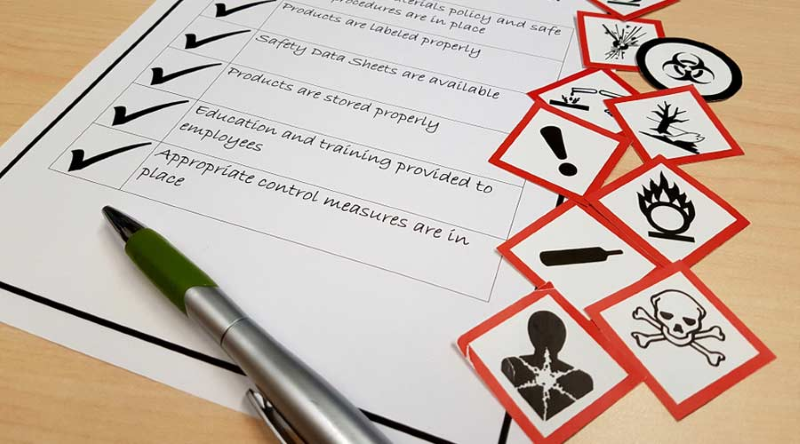

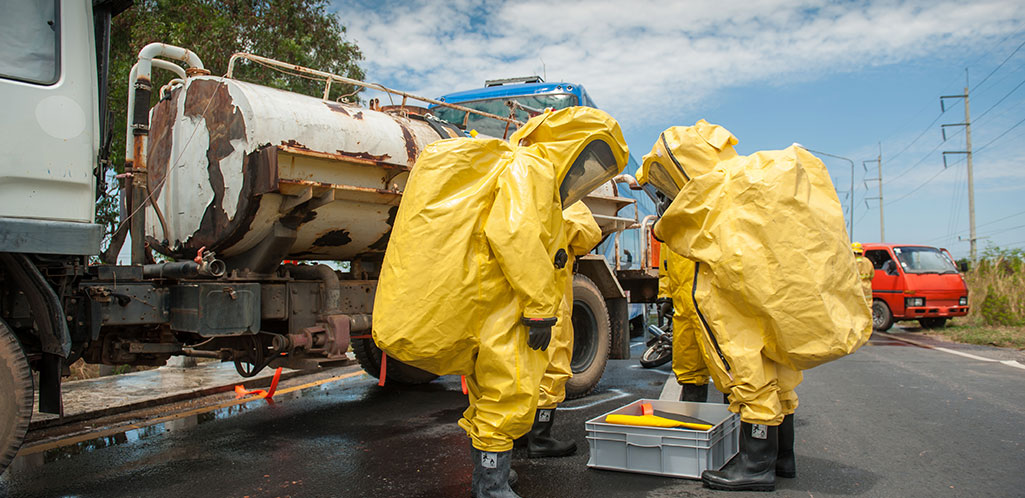

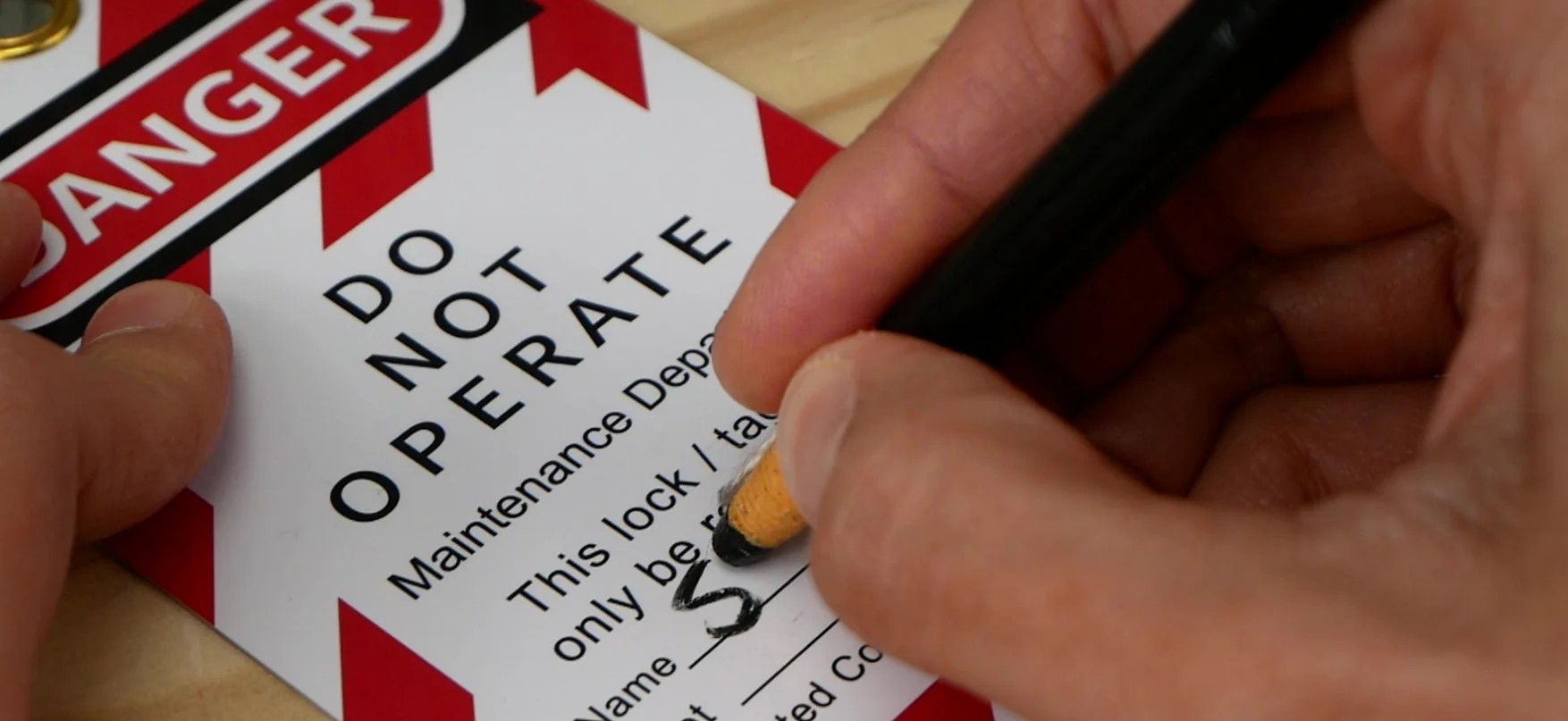
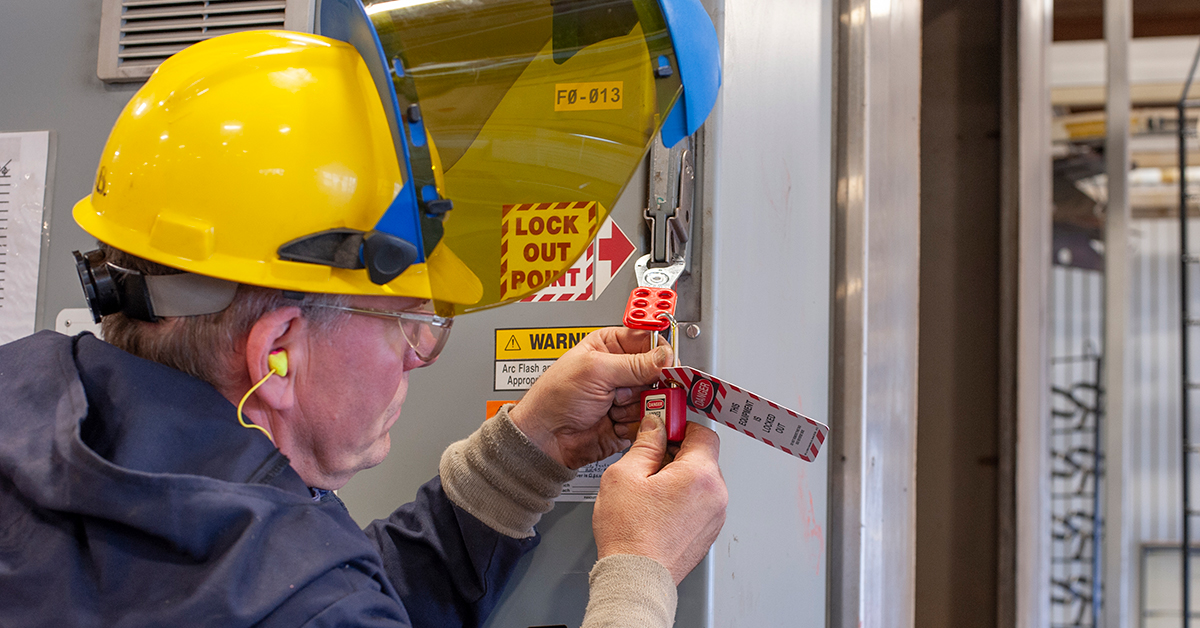



.png)



.png)


.png)


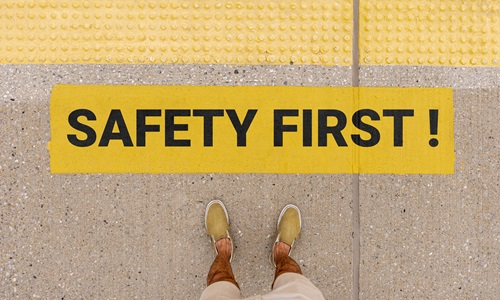

.jpg)









